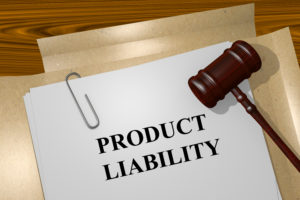Product Liability: When Marketing, Design, and Manufacturing Defects Harm Consumers

A product liability lawyer Longwood, FL from a law firm like David & Philpot, PL can be knowledgeable in the laws pertaining to consumer protection and defective products. If a consumer purchases a product and is injured from using it in the correct manner, there are several parties who may be held liable.
There may have been a major error or oversight that occurred during the marketing, design, and/or manufacturing stage of the product. When a consumer is harmed due to a dangerous item, it is recommended that they get legal advice on how to handle the matter. What many consumers may not realize is that they could be entitled to substantial compensation financially for their injuries.
Injured consumers have the right to file a lawsuit against a distributor, wholesaler, manufacturer, designer, or any other entity who played a role in getting a defective product on the store shelves. However, in order for them to have a strong case in court, they will need help from an attorney to prove that one or more of the following occurred:
Manufacturing Defect
A product can become dangerous if there was a mistake that happened during assembly, that was not supposed to be a component of the final product. A manufacturer can be held responsible for faulty product construction that led to the harm of one or more consumers. The plaintiff and his or her attorney would have to show evidence that the product was defective when it left the factory where it was manufactured.
Design Defect
With a design defect, this means that the blueprint of the original product was unreasonably dangerous and had created a risk for consumers. Typically, when there is a flaw with the blueprint, then the defect is likely to be present in all of the products manufactured.
Poorly Designed Warning Label
Warning labels must be present on items so that consumers can make reasonable decisions about their purchases while being fully aware of potential risks. If you were harmed by a product that had a warning label, do not toss it out. Your attorney can assess to see if the label had failed to sufficiently:
- Inform the consumer about a hazard that exists
- Inform the consumer about the level of danger associated with the product
- Inform the consumer about the types of effects that may result from the use
- Inform the consumer about how they can prevent harm due to the hazard
It is also possible that there was a lack of labels entirely, so consumers had no way of knowing that risk was even present. If you were harmed by a defective product, you should reach out to an attorney to get a better understanding of how you might be able to take action.
